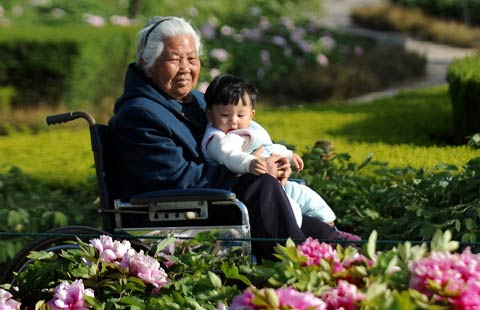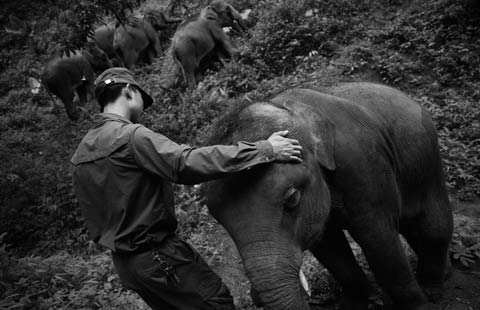Humans 'on the Tibetan Plateau 3,600 years ago'
Updated: 2014-11-22 08:19
(China Daily/Agencies)
|
|||||||||||
People probably moved to the Tibetan highlands 3,600 years ago - an indication of when humans first settled at high altitudes, according to researchers.
Humans were able to settle permanently as high as 3,400 meters on the Tibetan Plateau, which is known as "the roof of the world", by growing altitude-resistant crops and raising livestock, according to a study published in the US journal Science on Thursday.
They survived on wheat and barley imported from the Middle East and on transplants from China such as broomcorn and foxtail millet, said the researchers from China, the United States and Cambridge University in Britain.
"Year-round survival at these altitudes must have led to some very challenging conditions indeed," said lead researcher Martin Jones from Cambridge University's Department of Archaeology.
"This poses further, interesting questions for researchers about the adaptation of humans, livestock and crops to life at such dizzying heights," Jones added.
A sporadic human presence was detected on the plateau as early as 20,000 years ago, while semi-permanent settlers arrived 5,200 years ago.
Researchers said early humans probably first traveled to the plateau to hunt animals, but the discovery of altitude-resistant crops allowed them to put down roots there.
The researchers examined the remains of pigs, sheep and cattle as well as plants at 53 sites across 1,280 km of the northern Tibetan Plateau.
Related Stories
Tibetan town to transform itself into intl tourism destination 2014-10-23 17:20
Inside Champa Ling Monastery of Tibetan Buddhism 2014-10-19 16:22
New airport offers shortcut to Sichuan's Tibetan attractions 2014-08-28 18:10
'Sky Road' finally connects Tibetan villages 2014-08-19 06:51
Today's Top News
China wants its voice heard in cyberspace
New standards set for air purifiers
Alipay brings the frenzy of Black Friday to China
US violates China sovereignty in HK
Cyber terrorism sparks Internet debate
Editorial: Mob politics rocks HK
UnionPay offers discounts to outbound tourists
Palace Museum opens door to special groups for free
Hot Topics
Lunar probe , China growth forecasts, Emission rules get tougher, China seen through 'colored lens', International board,
Editor's Picks

|

|

|

|

|

|





